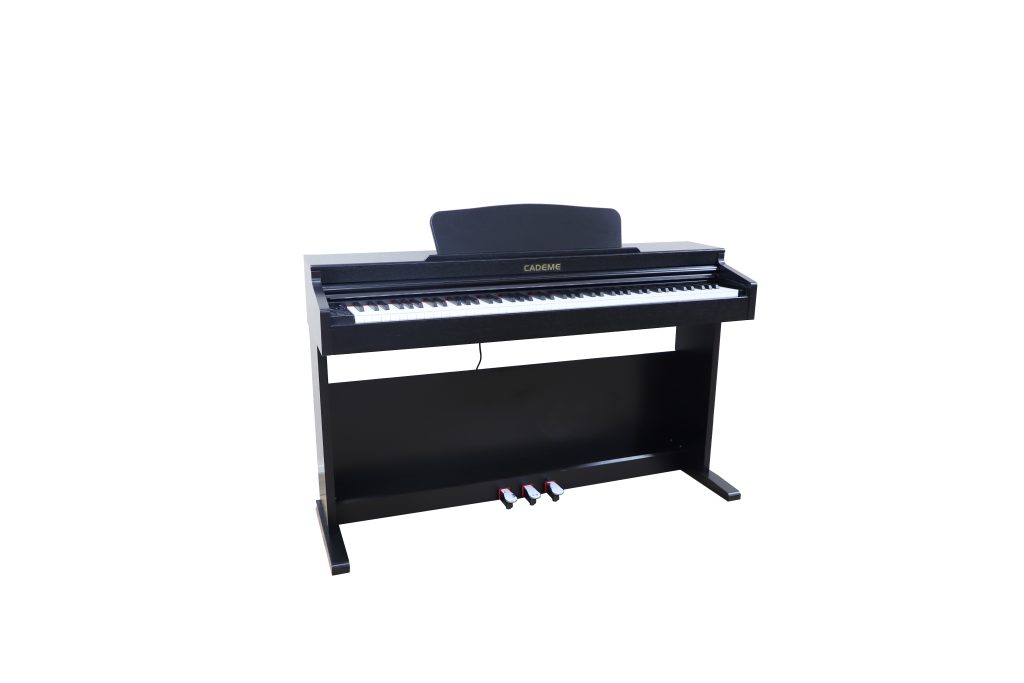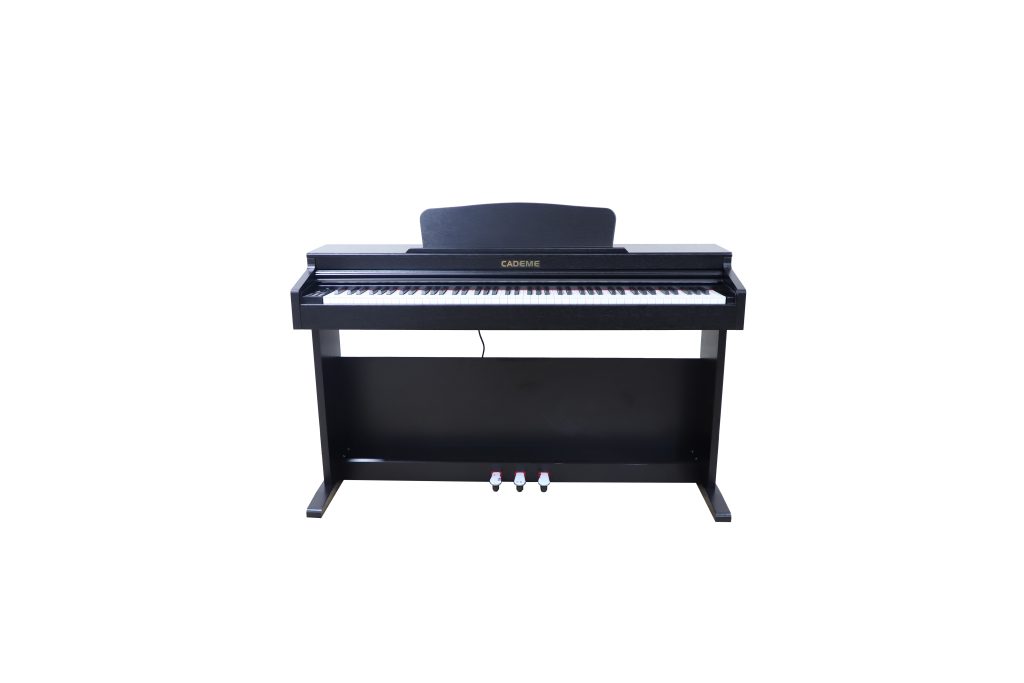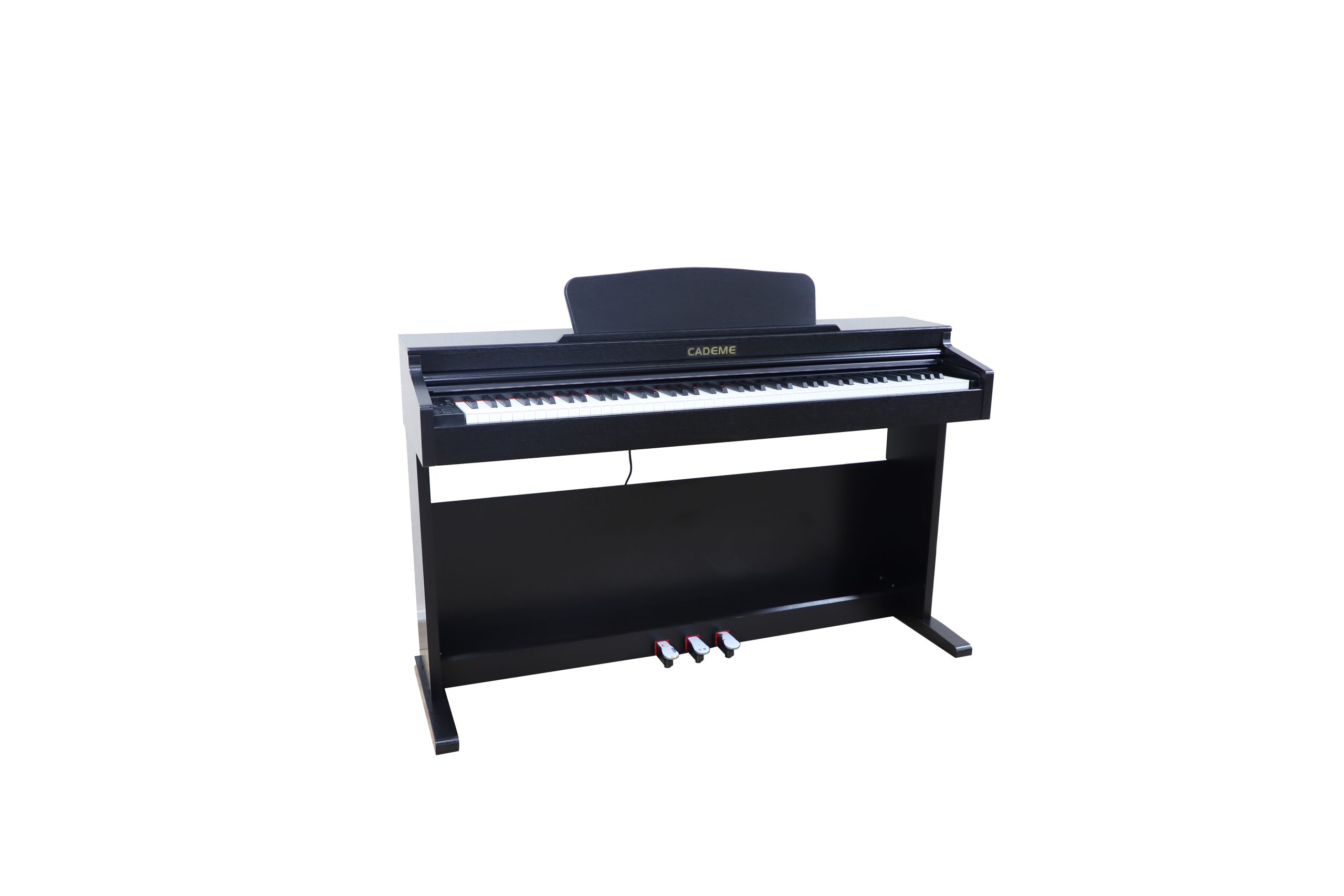A digital piano is an excellent choice for musicians of all levels, offering versatility, convenience, and modern features that enhance the playing experience. One of its most valuable attributes is adjustable volume control and the ability to practice in silence using headphones. This feature makes digital pianos perfect for nighttime practice or noise-sensitive environments, ensuring an uninterrupted musical journey.
Why Volume Control in a Digital Piano Matters
Unlike traditional acoustic pianos, digital pianos provide flexible volume settings that cater to various playing conditions. Whether you are practicing at home, in an apartment, or in a shared space, being able to adjust the sound output ensures a comfortable playing experience without disturbing others.
Key Benefits of Volume Control in Digital Pianos:
- Flexible Sound Levels – Adjust the volume to match your surroundings.
- Silent Practice with Headphones – Play without disturbing family, neighbors, or roommates.
- Customizable Output – Fine-tune the volume to complement different musical styles and practice sessions.
- Ideal for Any Environment – Whether in a classroom, home studio, or concert hall, digital pianos offer optimal sound control.
Silent Practice Mode: The Power of Headphones
One of the most valuable features of digital pianos is the ability to connect headphones, allowing for a completely silent practice experience. This capability benefits both beginner and professional pianists, providing several advantages:
Advantages of Using Headphones with a Digital Piano
- Noise-Free Playing – Perfect for late-night practice or quiet environments.
- Enhanced Focus – Isolate yourself from external distractions and immerse fully in your music.
- High-Quality Sound Experience – Many digital pianos support stereo-quality headphone output, ensuring clear and detailed sound.
- Privacy & Confidence Boost – Beginners can practice without feeling self-conscious about mistakes.
- Dual Headphone Jacks – Some models offer two jacks, enabling duet practice or lessons without external sound output.
Choosing the Right Headphones for Your Digital Piano
Not all headphones deliver the same sound quality when paired with a digital piano. Consider the following factors when selecting the best headphones for silent practice:
- Over-Ear vs. In-Ear – Over-ear headphones provide better sound isolation and comfort.
- Closed-Back Design – Helps block out external noise and enhances audio clarity.
- Impedance Level – Choose headphones with 32-80 ohms for the best compatibility with digital pianos.
- Wired vs. Wireless – While wired headphones offer zero latency, some digital pianos support Bluetooth connectivity.
How to Connect Headphones to Your Digital Piano
Connecting headphones to a digital piano is a simple process:
- Locate the Headphone Jack – Usually found on the front or side panel.
- Check Compatibility – Ensure your headphones match the output port size (3.5mm or 6.35mm adapter may be needed).
- Insert Headphones – Plug them into the designated headphone port.
- Adjust Volume Settings – Set a comfortable level to prevent hearing damage.
Additional Features That Enhance Silent Practice
Many digital pianos come with extra functionalities that further improve the silent playing experience:
- Built-in Metronome – Keeps timing accurate without external noise.
- Recording & Playback – Allows you to listen and improve your performance.
- Split & Layer Modes – Play multiple instrument sounds simultaneously.
- USB & MIDI Connectivity – Connect to music software for enhanced practice sessions.
The ability to control volume and practice silently with headphones makes digital pianos an ideal choice for musicians in quiet environments or shared living spaces. With high-quality sound output, flexible volume settings, and headphone connectivity, players can enjoy a fully immersive experience anytime, anywhere.





